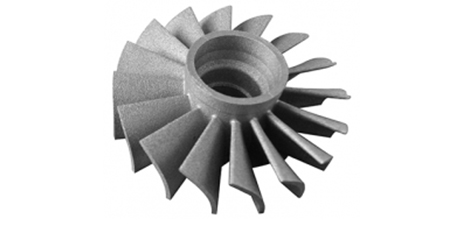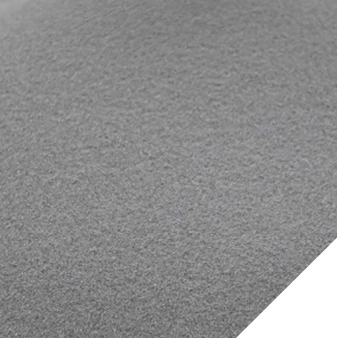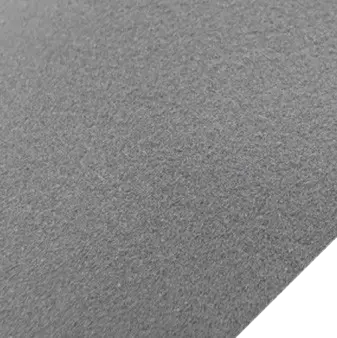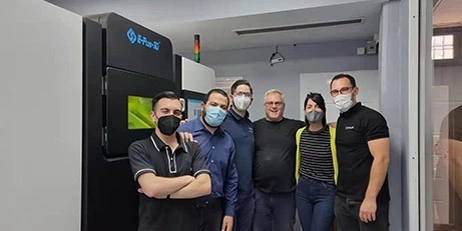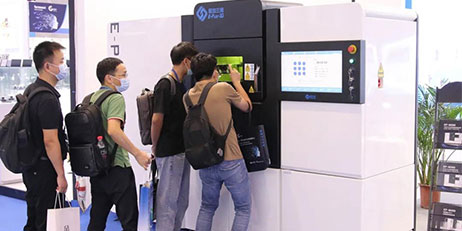Metal 3D printing is a 3D printing technology that uses metal powder to directly print metal parts, also known as metal powder sintering (SLM). During printing, the scraper spreads a layer of metal powder on the base plate of the forming cylinder, and the laser beam will selectively melt the powder according to the cross-sectional contour of each layer of the part to process the current layer. After the sintering of one layer is completed, the lifting system lowers the height of one section layer, and the powder spreading roller spreads another layer of additively manufactured materials on the formed section layer, and sinters the next layer.
The entire forming process is carried out in a processing chamber evacuated or filled with protective gas to avoid the metal reacting with other gases at high temperatures.
At present, the printing layer thickness of SLM 3D printing is generally 0.04-0.10mm, with high precision; the density of sintered metal parts can reach 99% of the density of cast metal parts, and the strength is good; the printing cycle is 5-7 days, and the cycle is short.
Commonly used metal 3d printer materials include stainless steel, aluminum alloy, die steel, titanium alloy, etc.
1. Metal 3D printing material-stainless steel
With good corrosion resistance and high strength, stainless steel 3d printing can quickly and efficiently manufacture small batches of complex industrial parts.
Stainless steel is the cheapest metal 3d printer material and is cost-effective. Eplus3D offer EP-M300 metal 3d printer for sale, EP-M260 and EP-M150 precision metal additive manufacturing for custom solutions.
2.Metal 3D printing material-aluminum alloy
It has good specific strength and is widely used in spacecraft manufacturing, mechanical equipment, transportation and other fields.
Traditional manufacturing technology wastes materials and takes a long time to process. Using aluminum 3D printing technology to manufacture can effectively reduce material waste and shorten processing time. Moreover, for some complex structures that are difficult to achieve with traditional processes, metal 3D printing has absolute advantages.
Eplus3D offer EP-M450H, EP-M650 3D metal printing machine, EP-M450 and EP-M150 precision metal additive manufacturing for custom solutions.
3.Metal 3D printing material-Die steel
It is mainly used in the production of molds, and is widely used in the field of conformal waterway molds. The traditional mold manufacturing has low production efficiency, and the metal 3D printing SLM process replaces the traditional mold production method to improve the mold manufacturing, production efficiency and injection molding product yield.
4.Metal 3D printing material-titanium alloy
Titanium additive manufacturing is widely used in the aerospace field, using the advantages of 3D printing to help optimize product design, such as replacing the original solid body with a complex and reasonable structure, so that the finished product has lower weight and better mechanical properties. This not only reduces costs, but also enables lightweight production of individual components.
The surface of high-strength metal products printed by metal 3D is slightly rough and has pits, which can be polished to improve the surface quality. Post-processing such as welding, oxidation, and tapping can also be performed.
